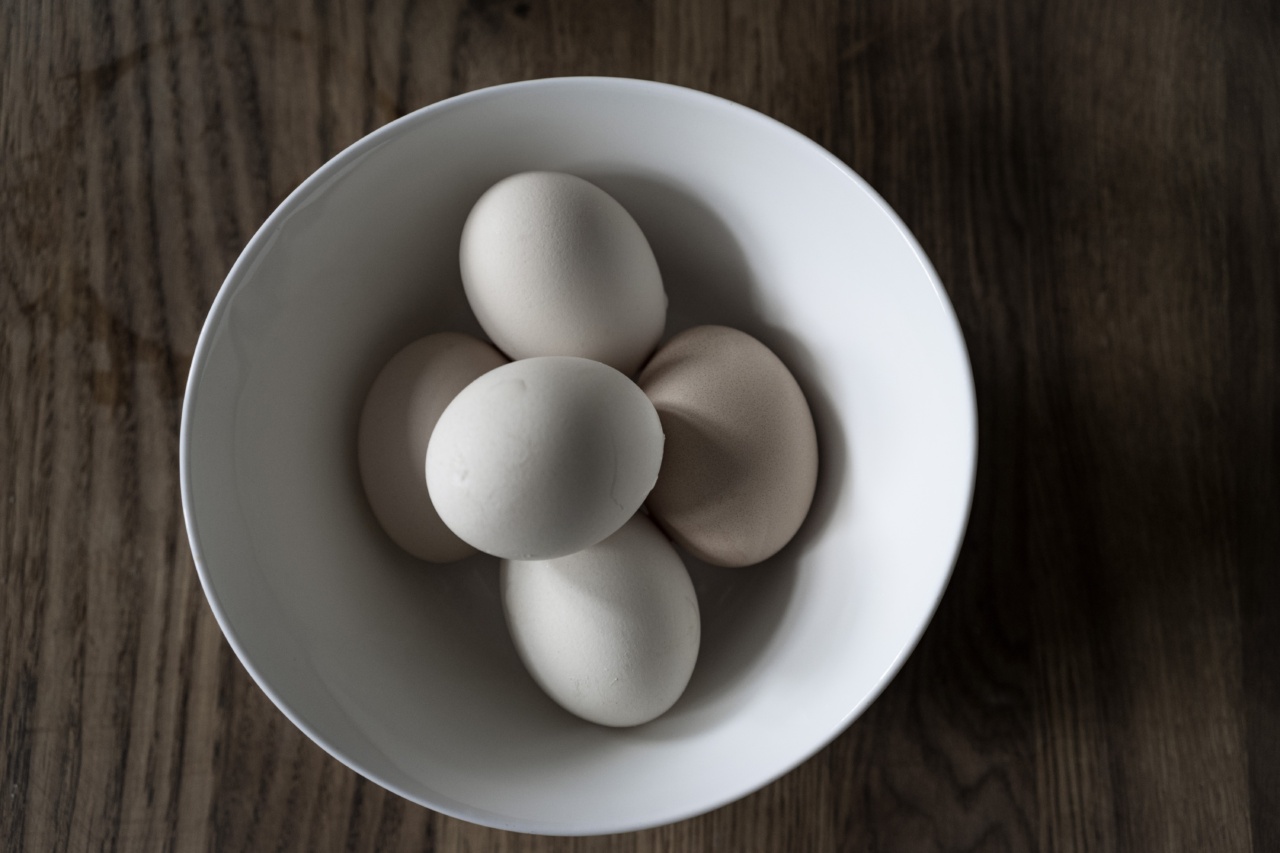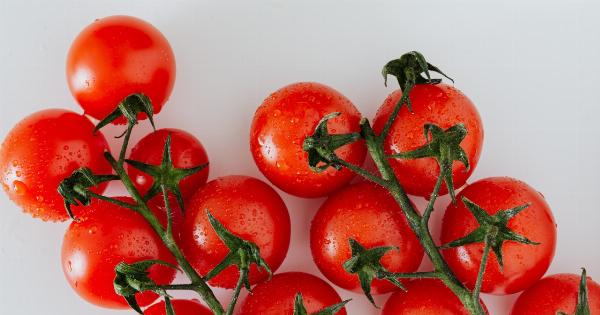Chicken breast is a popular and versatile protein source that is used in a wide variety of dishes. It is lean, high in protein, and low in fat, making it a healthy choice for many individuals.
However, it is important to know how to identify chicken breast with white lines, as these lines can indicate a less desirable quality or potential issues with the meat. In this article, we will discuss what these white lines are, why they occur, and how to identify them when purchasing chicken breast.
What are White Lines in Chicken Breast?
White lines, also known as white striping, are thin white lines that can be found on chicken breast meat. These lines can be present in both raw and cooked chicken breast and can alter the texture and appearance of the meat.
While they do not pose any health risks, they can affect the quality of the meat and result in a less tender and juicy final product when cooked.
Causes of White Lines in Chicken Breast
White lines in chicken breast are typically caused by a condition known as white striping. This condition occurs when there is an excessive amount of fat within the chicken breast muscle fibers.
The fat infiltrates the muscle, resulting in the visible white lines that can be seen on the surface of the meat.
There are several factors that can contribute to the development of white striping in chicken breast:.
1. Genetics
The genetics of the chicken can play a role in the occurrence of white striping.
Modern broiler chickens that are bred to grow quickly and produce more meat are more susceptible to developing this condition due to their rapid growth rate and increased fat deposition.
2. Diet
The diet of the chicken can also impact the development of white striping. Birds that are fed a high-energy, high-fat diet are more likely to develop excess fat deposition within the muscle fibers, leading to the appearance of white lines.
3. Muscle Growth
Rapid muscle growth can contribute to the development of white striping.
When chickens are raised for meat production, they are often subjected to accelerated growth methods, which can result in muscle fibers not developing properly and becoming more prone to fat deposition.
Identifying Chicken Breast with White Lines
When shopping for chicken breast, it is essential to be able to identify the presence of white lines. Here are some tips on how to identify chicken breast with white lines:.
1. Inspect the Appearance
Visually inspect the chicken breast for any visible white lines on the surface of the meat. These lines may appear as thin, long streaks and can be more noticeable in larger chicken breasts.
2. Check the Texture
Press your fingers gently onto the chicken breast. If there is a presence of white lines, you may feel a slightly raised or bumpy texture in the affected areas. The presence of these lines can result in a tougher and less tender texture when cooked.
3. Look for Excess Fat
White striping is often accompanied by excess fat in the chicken breast. If you notice a higher amount of visible fat or marbling throughout the meat, it may indicate the presence of white lines.
4. Consider the Grade
Keep in mind that chicken breast with white lines may be of a lower grade in terms of quality. Higher-quality chicken breast is typically more uniform in appearance, texture, and tenderness.
5. Trust the Source
When purchasing chicken breast, it is essential to choose a reputable source that follows proper farming and production practices. Seek out trusted brands or suppliers that prioritize quality and animal welfare.
Effects of White Lines on Cooking
The presence of white lines can impact the cooking process and the resulting taste and texture of the chicken breast. The excess fat within the muscle fibers can cause the meat to become drier, tougher, and less flavorful when cooked.
Here are some effects of white lines on cooking chicken breast:.
1. Reduced Tenderness
Chicken breast with white lines is often less tender compared to meat without these lines. The fat infiltration interrupts the natural muscle fiber structure, resulting in a chewier texture when cooked.
2. Increased Dryness
The excess fat within the muscle fibers can lead to a drier cooked chicken breast. This can be especially noticeable when grilling or baking the meat, as the fat content does not help retain moisture during the cooking process.
3. Altered Appearance
White lines can also impact the appearance of the cooked chicken breast. The lines may become more pronounced or visible after cooking, potentially affecting the overall presentation of your dishes.
Conclusion
Being able to identify chicken breast with white lines is crucial for ensuring the quality and tenderness of your meat. While white striping does not pose any health risks, it can result in a less desirable texture and appearance when cooked.
By knowing the causes of white lines and how to identify them, you can make informed choices when purchasing chicken breast and select the best-quality meat for your meals.




























